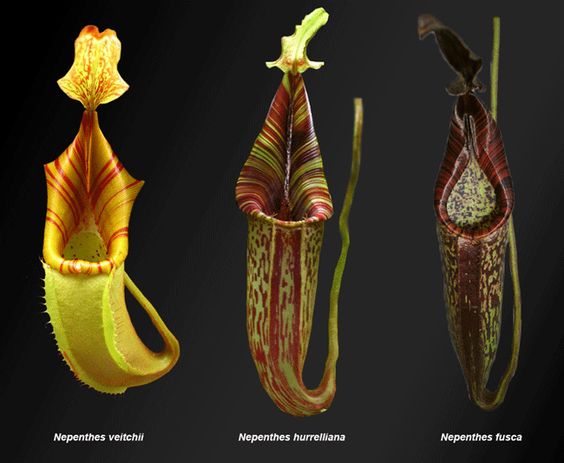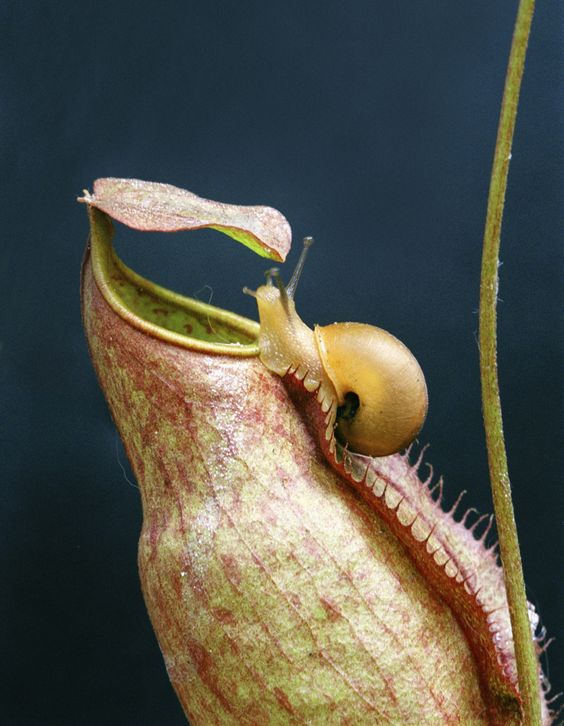We know that plants produce their food by photosynthesis. But do you know The Carnivorous Plant? Plants that consume animals. Let’s find out now!
Nepenthes
Nepenthes is a genus of carnivorous plants in the Nepenthaceae family. This plant is know as the tropical pitcher plant, or monkey cup. Many think that the pockets on this plant are the flowers. In fact, this bag is a leaf that has been modified. This bag also produces an acidic liquid called proteolase which functions to digest the hard skeleton and flesh of insects.

The genus comprises about 170 species, and numerous natural and many cultivated hybrids. They are mostly liana-forming plants in the tropics of the Old World, from Southern China, Indonesia, Malaysia and the Philippines. There are also westward to Madagascar (two species) and Seychelles (one) south to Australia (three) and New Caledonia (one) and north to India (one) and Sri Lanka (one). The greatest diversity occurs on Borneo, Sumatra, and the Philippines, with many endemic species.
Predatory Plant
Foraging, flying or crawling insects such as flies are attracted to a cavity formed by the cupped leaf, often by visual lures such as anthocyanin pigments, and nectar bribes. The rim of the pitcher (peristome) is slippery when moist by condensation or nectar, causing insects to fall into the trap. Pitcher plants may also contain waxy scales, protruding aldehyde crystals, cuticular folds, inward and downward pointing (retrorse) hairs, or guard-cell-originating lunate cells on the inside of the pitcher to ensure that insects cannot climb out.

Unique Facts about Carnivorous Plant
- Nepenthes have 170 species spread all over the world and 85 species of semar bag are find in Indonesia.
- This plant live in places that contain little nutrients, so that to survive, the pitcher plants depend on trapping insects to be used as food.
- Nepenthes have different prey depending on the type. For example, the Albormaginata species likes termites and the Mirabilis species likes to prey on ants. There are also pitcher plants that eat bird droppings, such as Lowii and those that eat fallen leaves, such as Ampullaria.
- This plant has a long life span, 15-20 years depending on the surrounding conditions.






